Honda speeds up European electrification plans
Three years earlier than initially announced, Honda intends to electrify all its core models in Europe. After the premiere of the Honda e, another fully electric model is set to follow.
Honda announced this at an event in Amsterdam. “In 2016 Honda gave a strong commitment to electrification – with a clear focus on hybrids, plug-in hybrids, battery-electric cars and the fuel cell,” said Katsushi Inoue, President & COO Honda Motor Europe. In the meantime, Honda has decided that the business in Europe will be “the forefront” of the Group’s global electrification project.
For this reason, the global target for Europe was brought forward by three years – and also because the company wants to satisfy the interest of its customers. “Last year we launched the first hybrid in our SUV CR-V in Europe, today it already accounts for 60 per cent of sales,” said Tom Gardner, Senior Vice President at Honda. Currently, 45,000 expressions of interest have been clocked up for the Honda e presented at the IAA, and deliveries are scheduled to start in summer 2020.
In order to achieve the much tighter electrification targets, the development department in Japan has been fundamentally restructured, Inoue said. This is what makes the upcoming model offensive possible in the first place. In the coming year, the Honda e and the new Jazz will be launched on the market, which will only be offered as a hybrid in Europe. Four more models will follow by 2022, including a “stylish SUV” and another pure electric car according to Gardner.
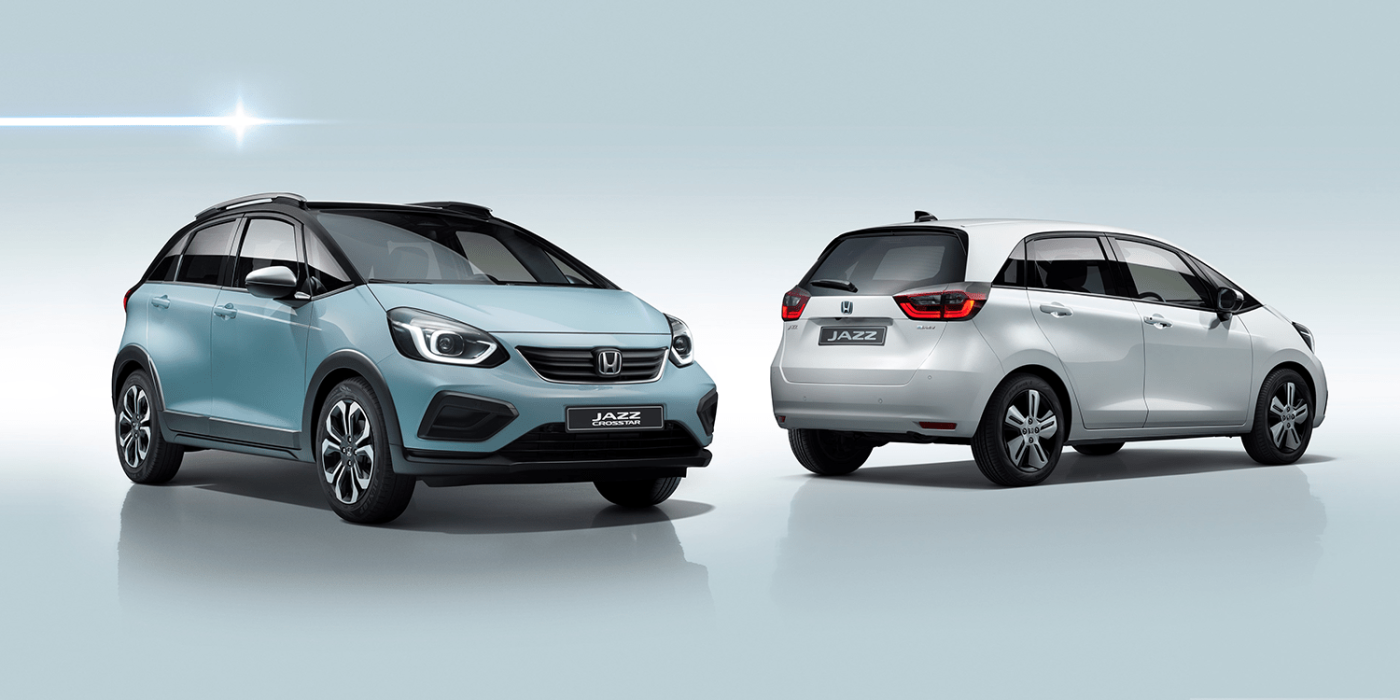
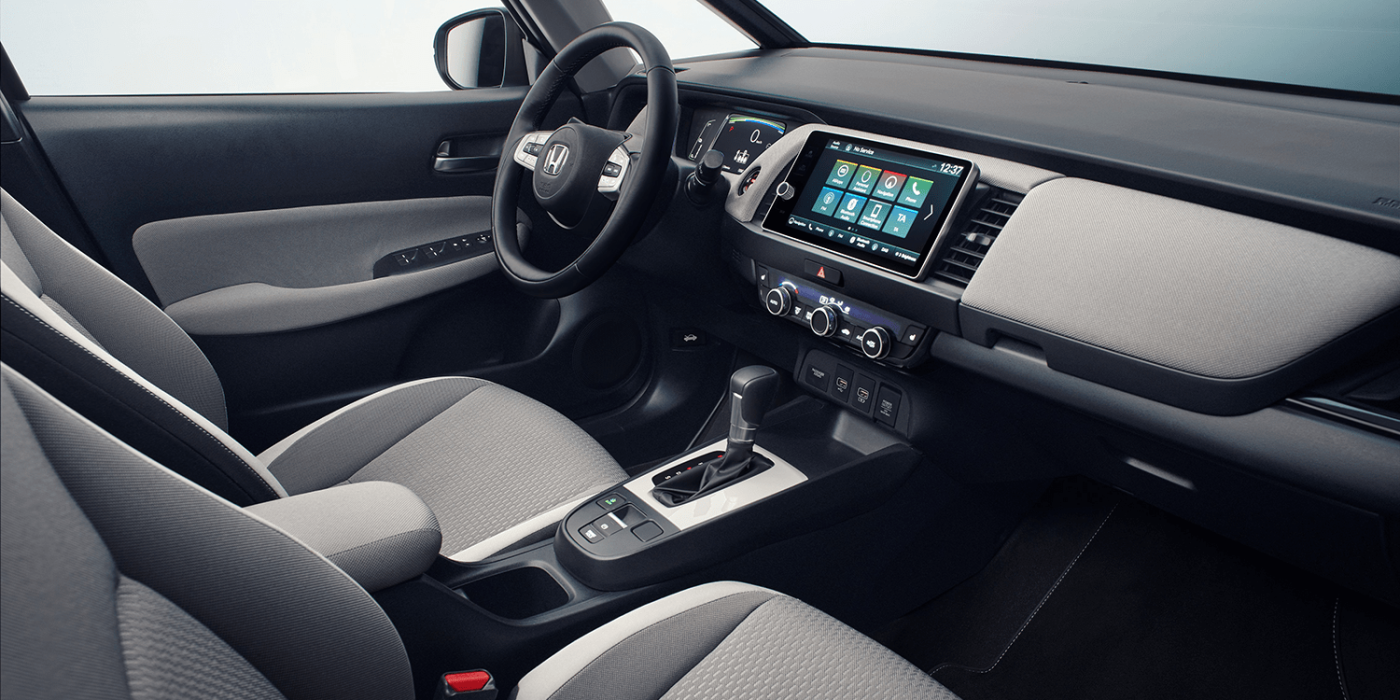
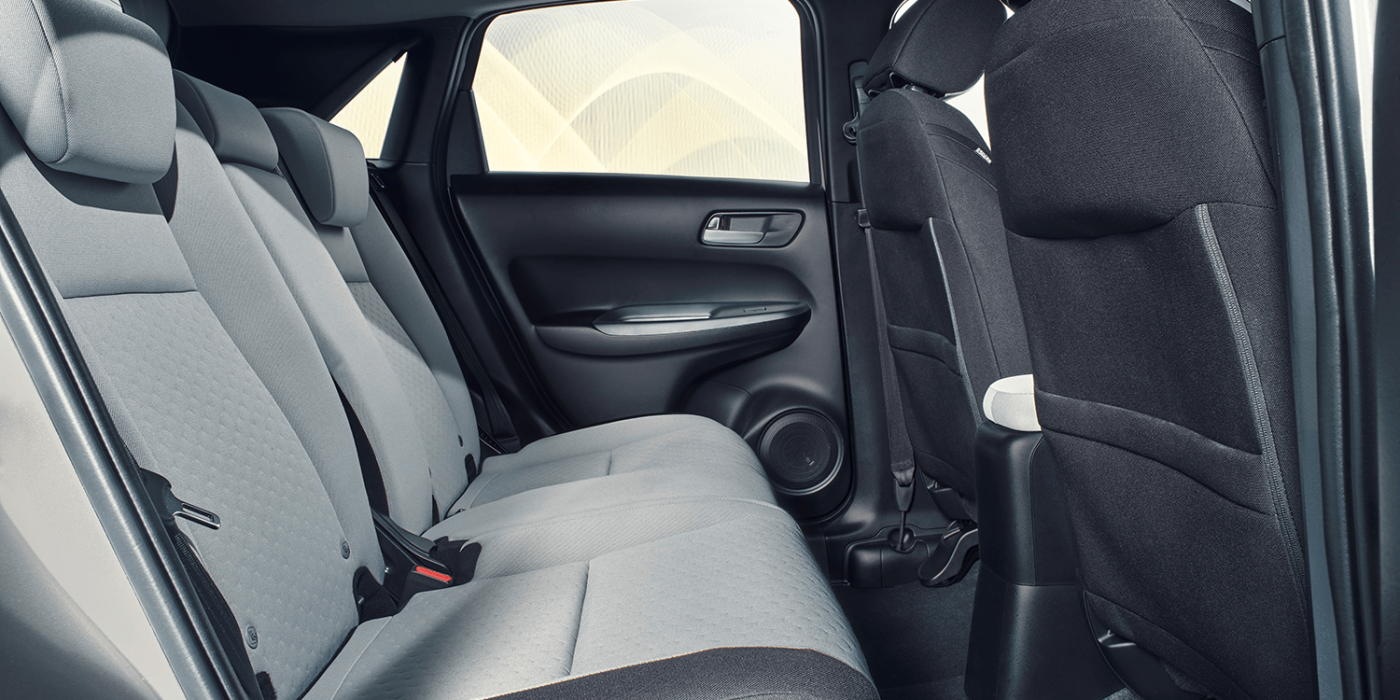
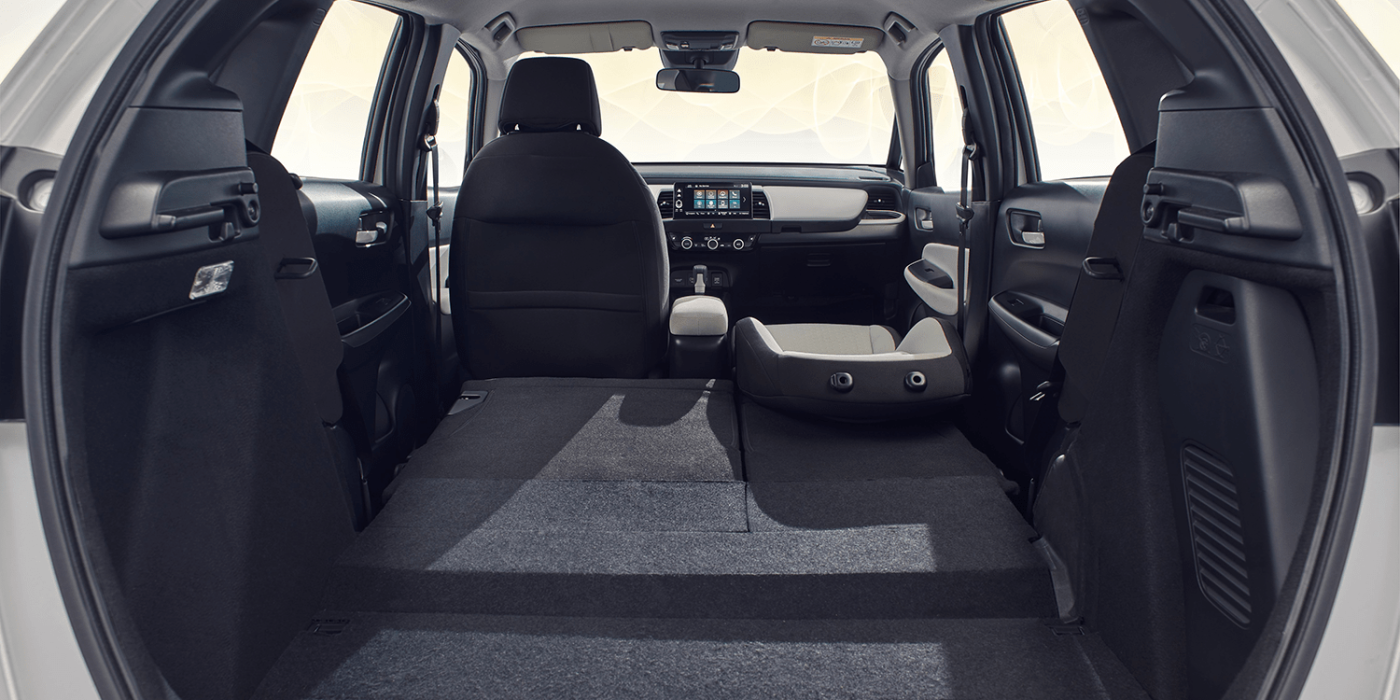
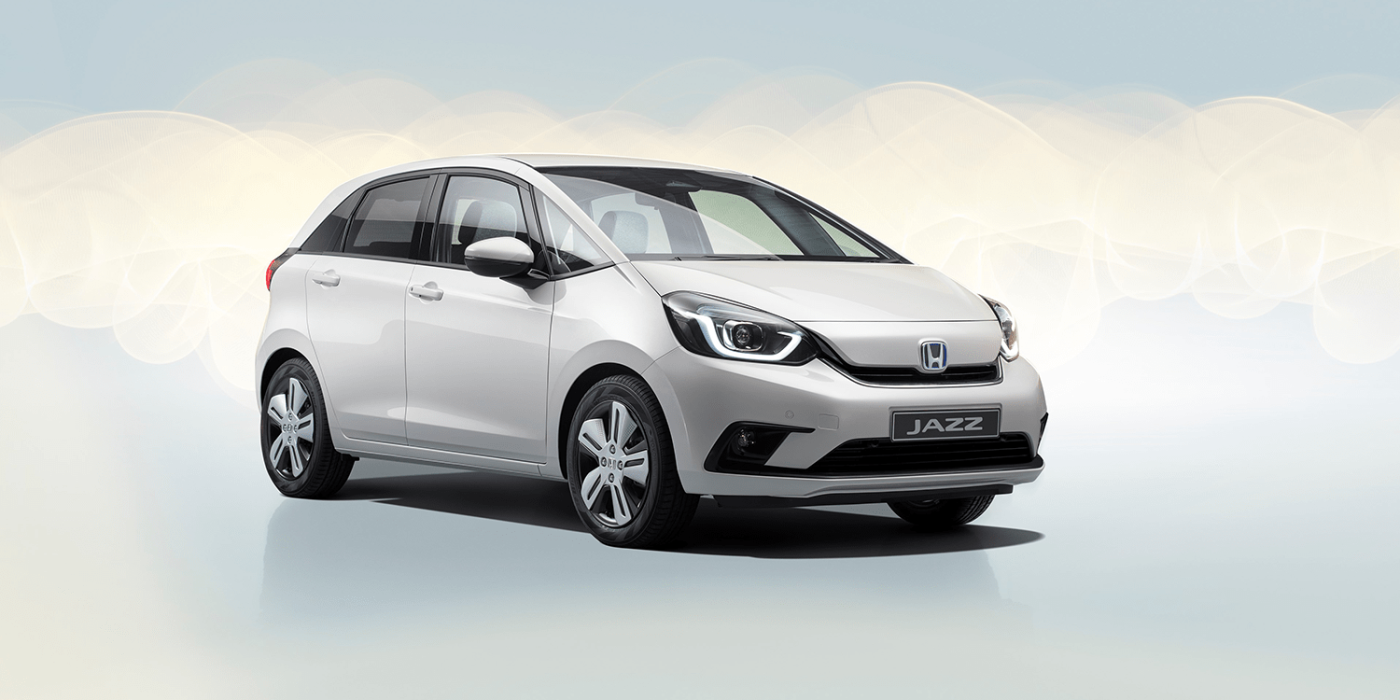
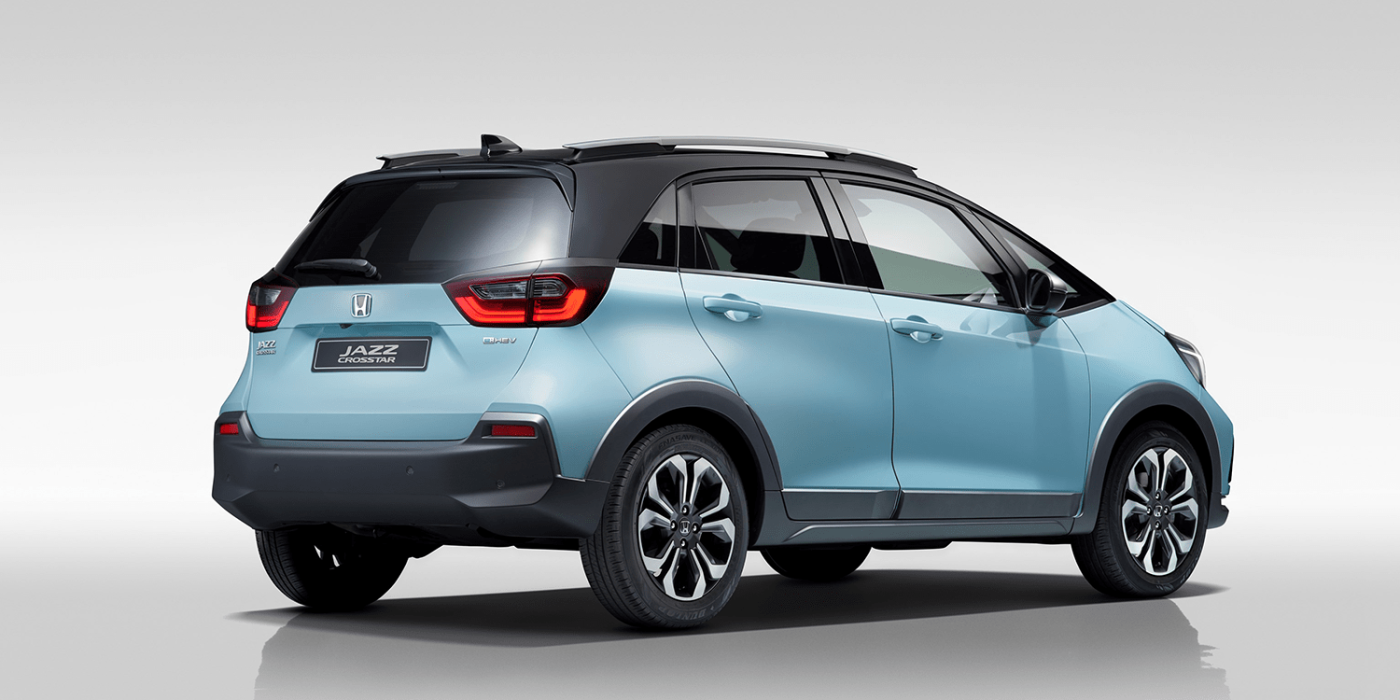
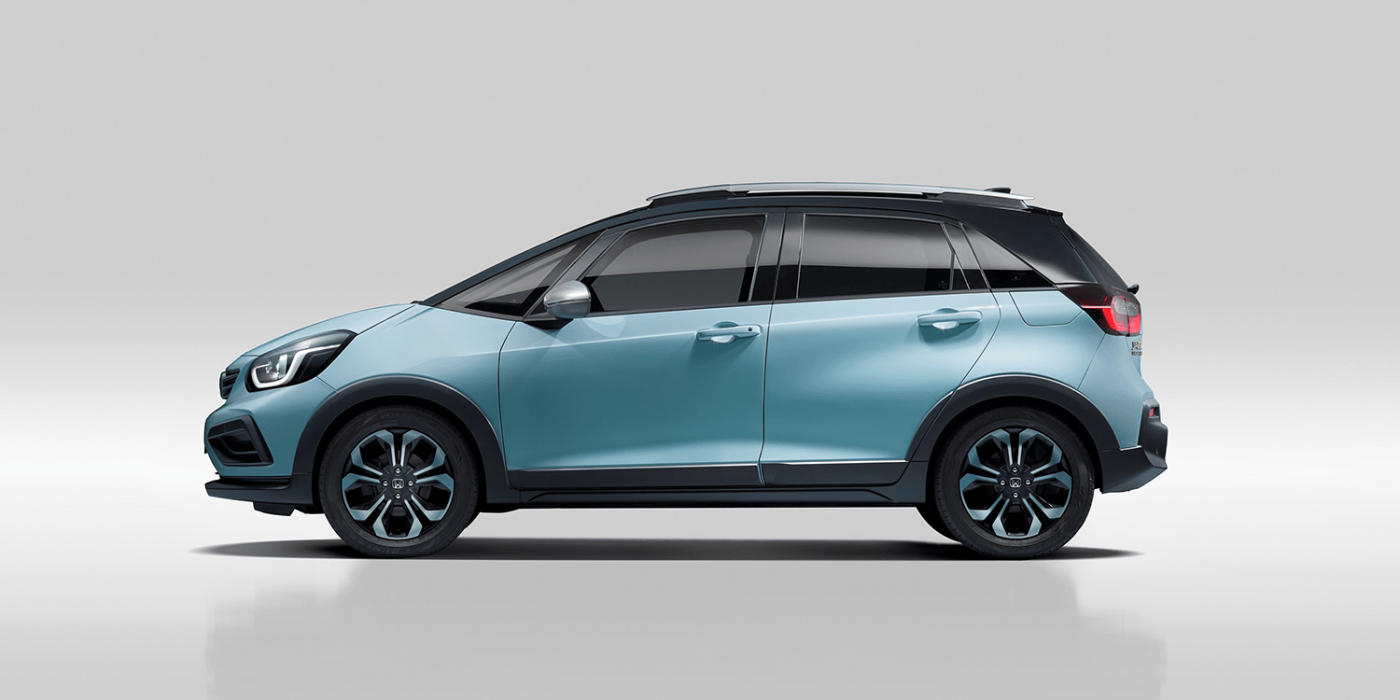
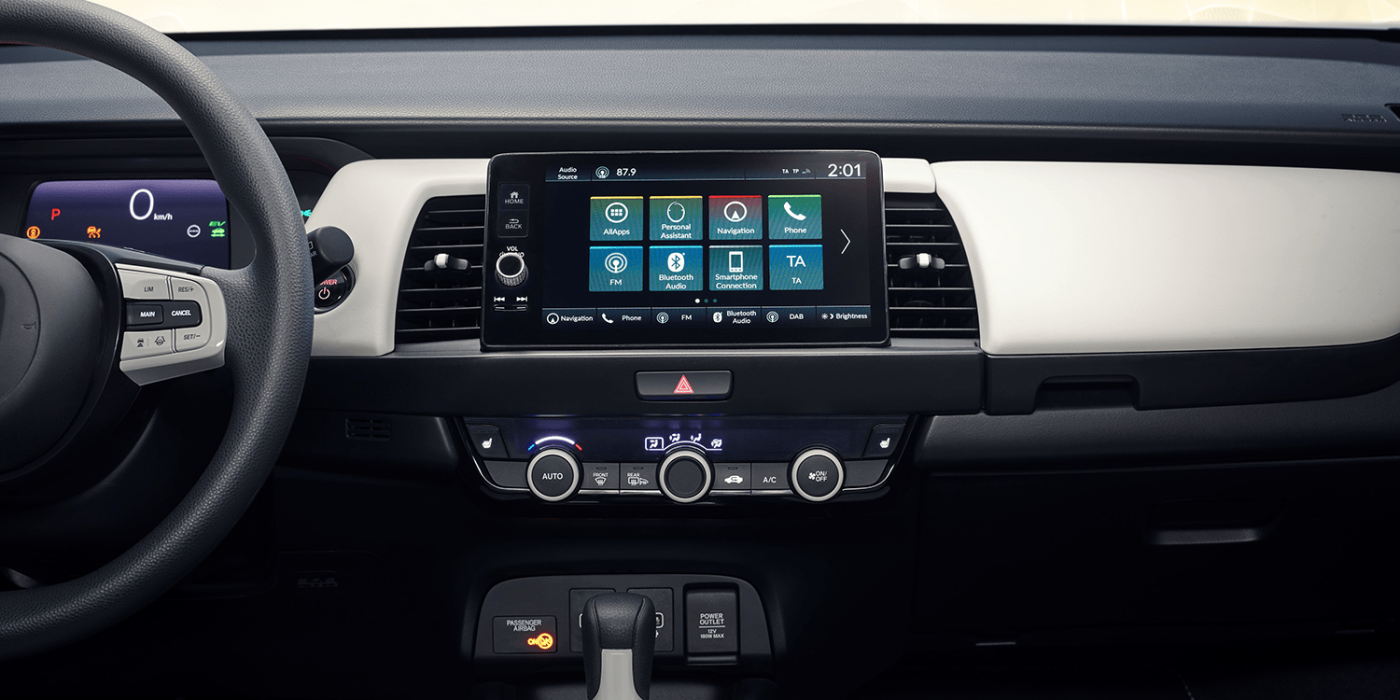
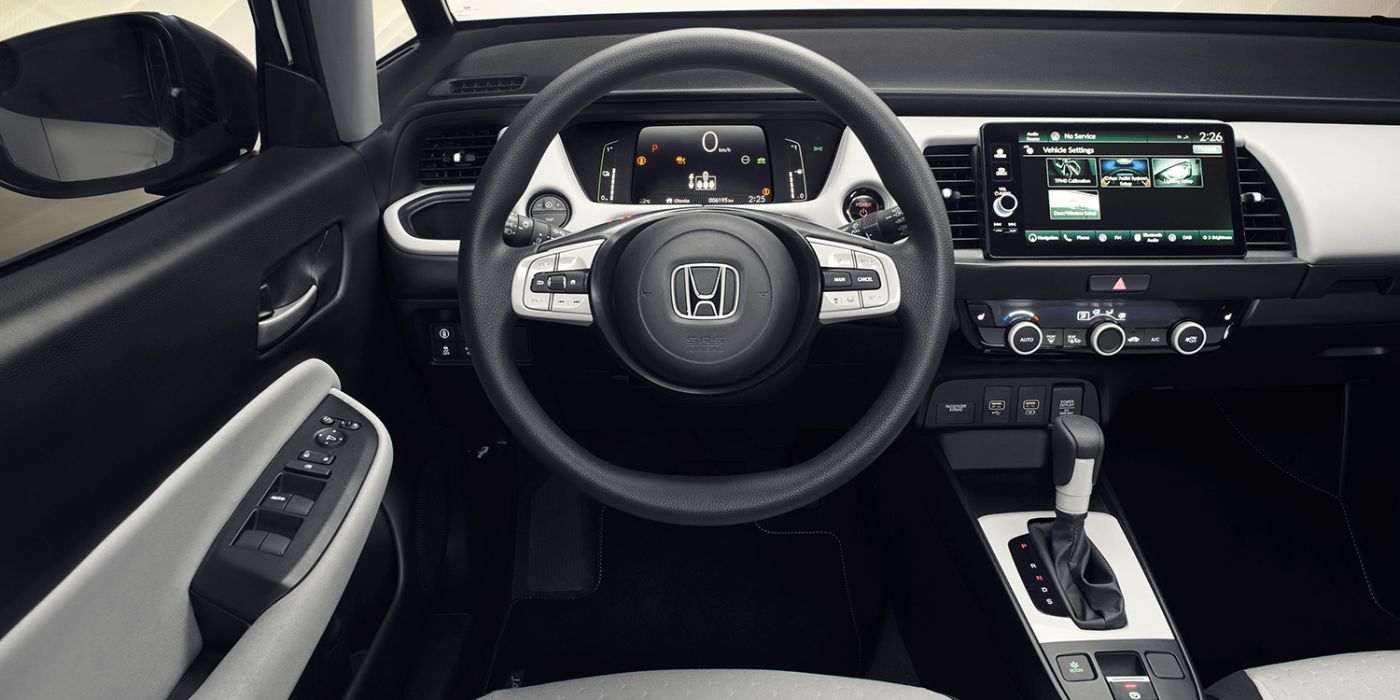
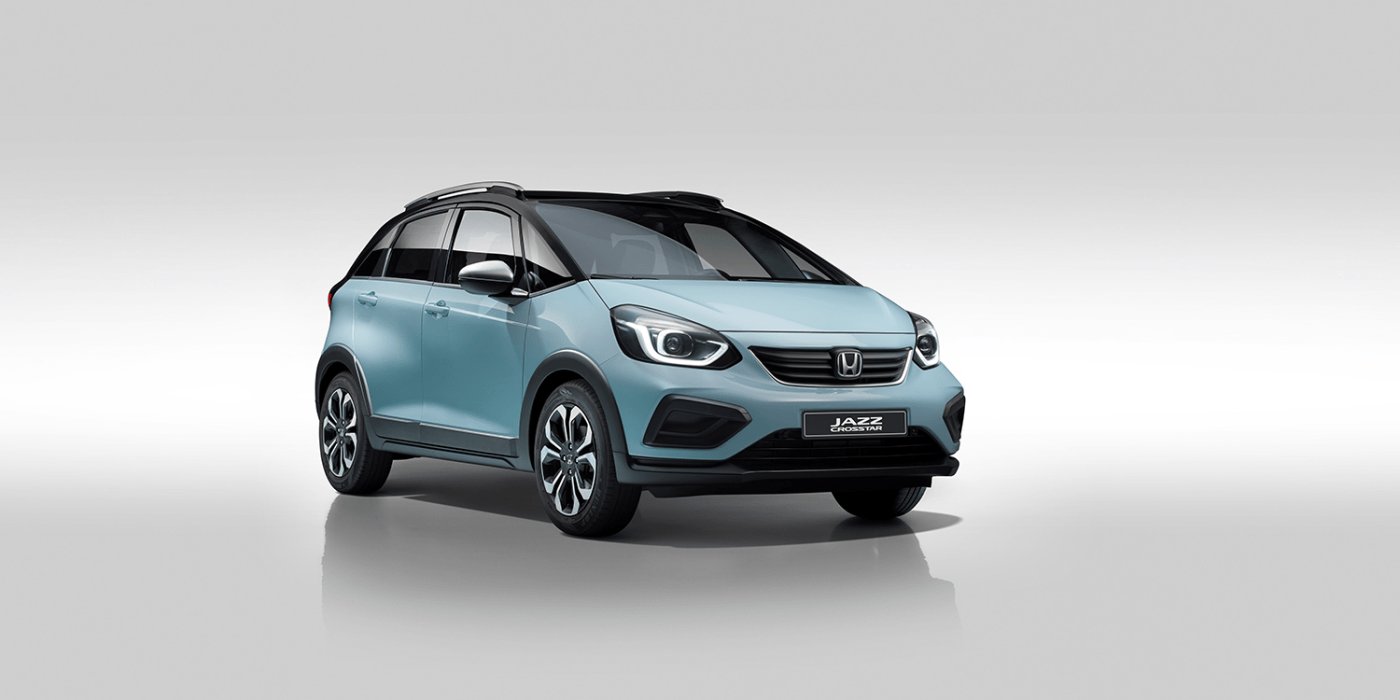
A special feature of the Jazz e:HEV, as the model is officially called: the full hybrid has two electric motors and in most cases is to be driven by the electric motor. One is known as the TRC engine, the other as the GEN engine – the traction motor for the drive and the generator motor for energy recovery. In hybrid mode, the generator generates electricity via the combustion engine and recuperation, which is either stored in the battery or transmitted directly to the adjacent traction motor. However, in a small window, between 80 and 100 km/h, it is more efficient for the gasoline engine to drive the wheels directly. In other cases, Honda expects the conversion into electrical energy to increase efficiency. Honda has not yet made mention of the engine and battery performance data.
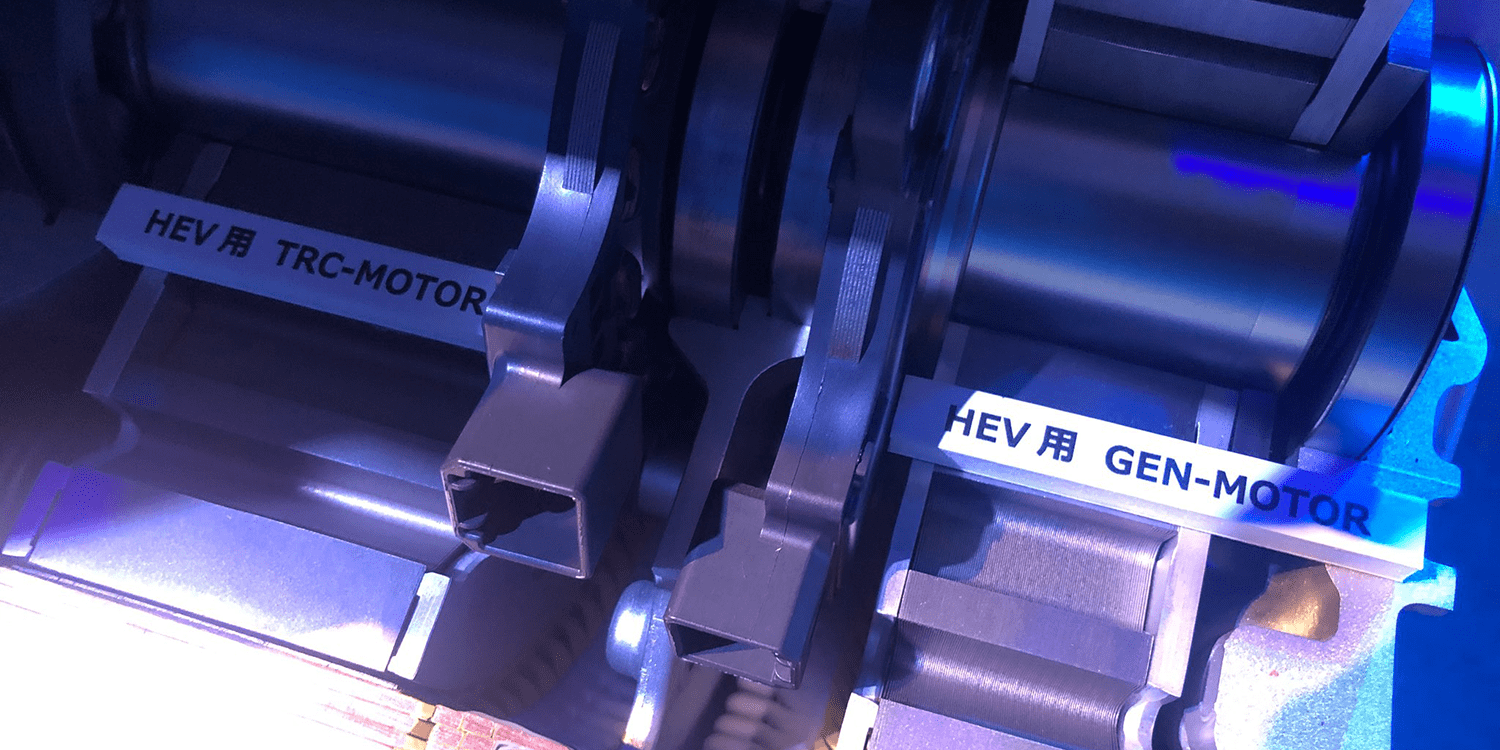
Honda is also relying on various partnerships for its electric ambitions. In a joint venture with Hitachi, the car manufacturer develops and builds the electric motors for its electric models. Ubitricity (AC charging on the road), Moixa (AC charging at home) and EVTEC (bidirectional DC charging) supply the appropriate chargers and software for all aspects of charging.
At the event, Honda also announced that it had signed a Letter of Intent with Vattenfall. In the letter, the Japanese carmaker and the Swedish energy group are striving to develop flexible energy contracts specifically tailored to electromobility. Customers should charge as cheaply and with as much green electricity as possible. At the same time, algorithms are to be used to protect the power grid and – if the car is charging at one of EVTEC’s bidirectional boxes – also as a buffer storage for the grid. The contracts are to be offered to drivers of all brands, the exact conditions are of course not yet known. The offer is to be launched in Germany and the United Kingdom in 2020, parallel to the market launch of the Honda e, with further countries to follow.
hondanews.eu (Jazz), hondanews.eu (electrification plans), hondanews.eu (Vattenfall)

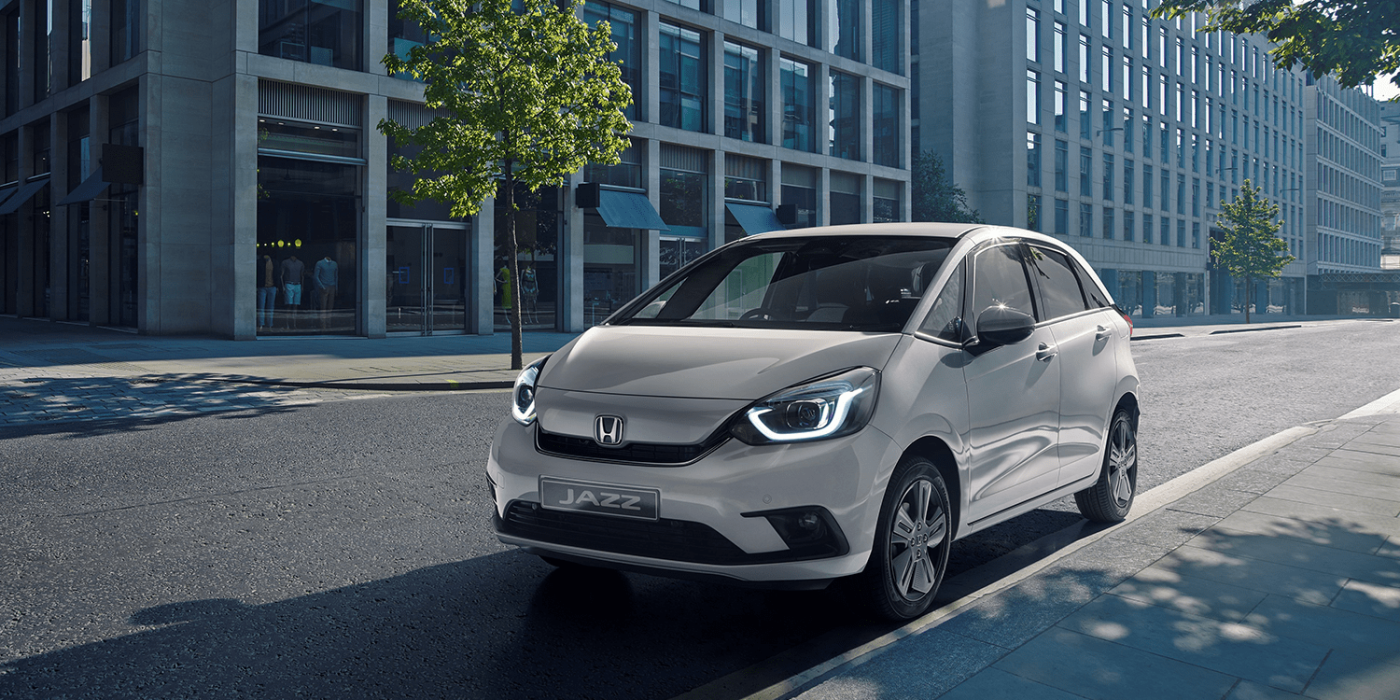
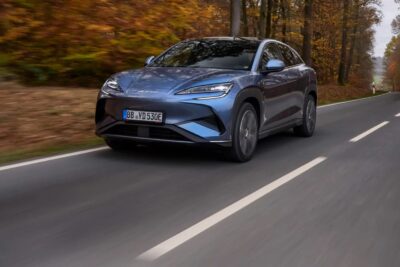
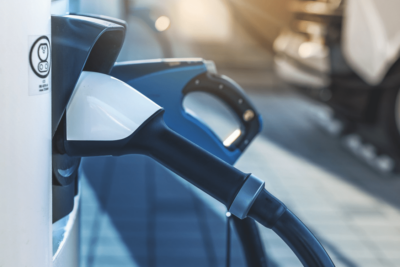
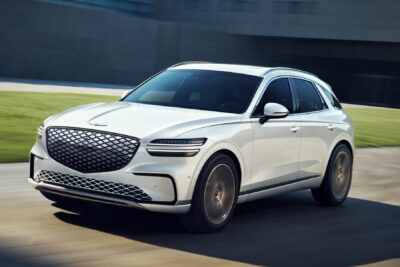
0 Comments